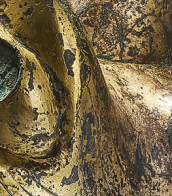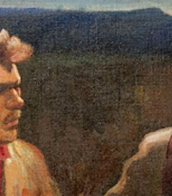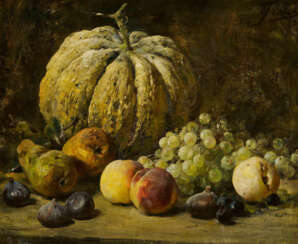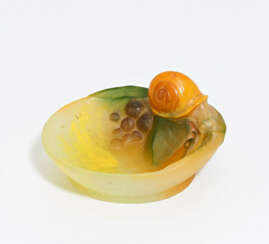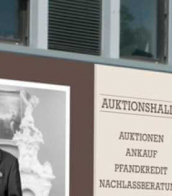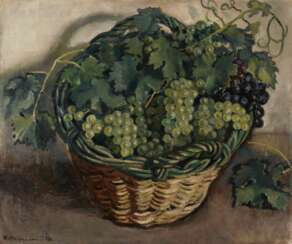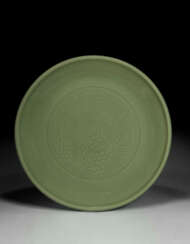grapes


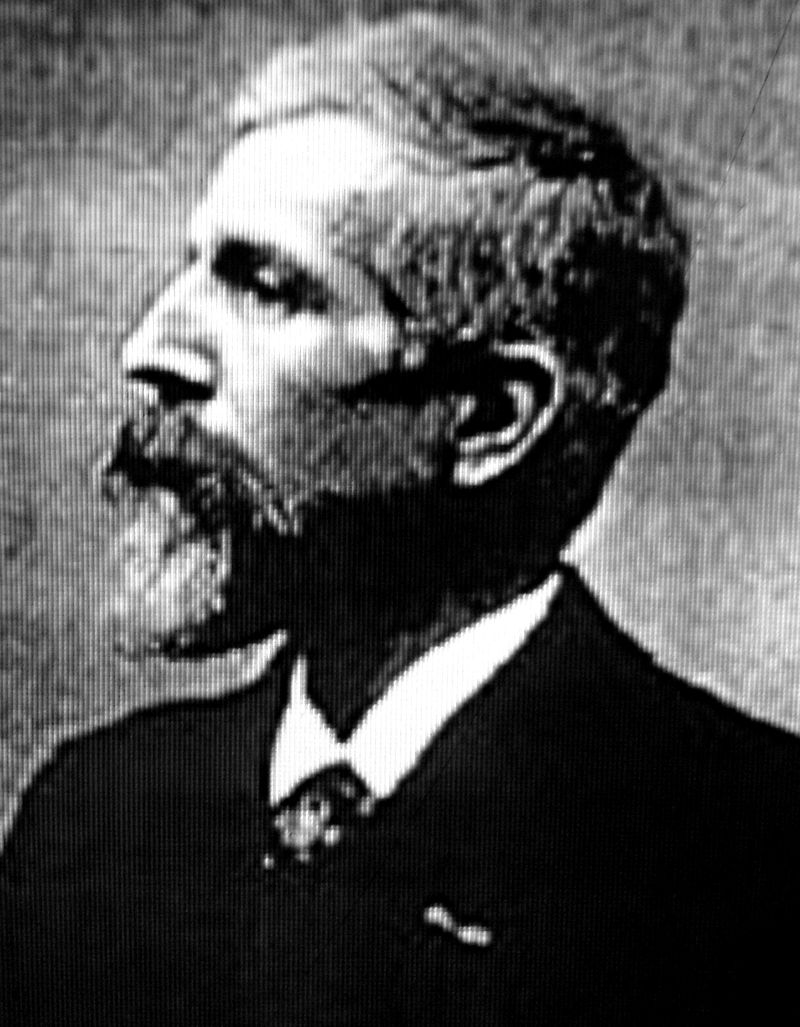
Eugène / Eugeen Joors was a Belgian painter in the realistic style. He studied from 1865 to 1870 at the Royal Academy of Fine Arts (Antwerp). In 1886, he became a teacher of still-life painting. He executed both the traditional, carefully arranged still lifes and the more natural-appearing floral variety as well as a great variety of landscapes, portraits and genre scenes. From 1879, he was a regular exhibitor in Antwerp and abroad, receiving a gold medal at a show in Munich. He also assisted Charles Verlat in producing his famous panorama of the Battle of Waterloo.

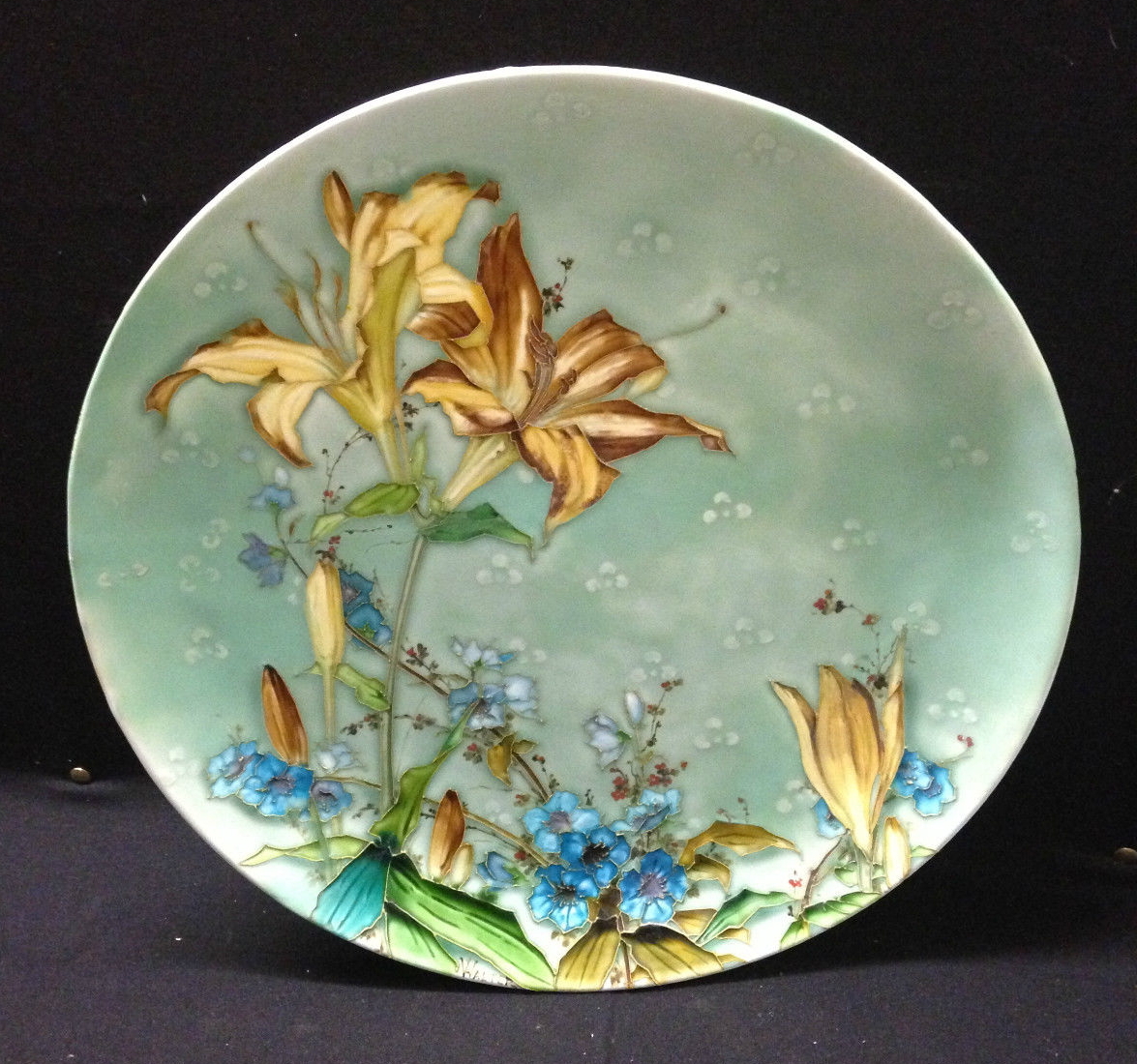
Victor Amalric Walter was a French glass maker mainly known for his pâte de verre (a glass casting method that translates as glass paste) pieces.


Zinaida Yevgenyevna Serebriakova (Russian: Зинаида Евгеньевна Серебрякова) was a Russian painter known for her lifelike portraits and depictions of rural life, which resonate with warmth and a profound sense of humanity. Born into the distinguished Benois family in 1884, her early life was immersed in art, guided by notable figures like her grandfather, Alexandre Benois, and influenced by her study trips to Italy and under the mentorship of Ilya Repin and Osip Braz. Her marriage to Boris Serebriakov further enriched her artistic environment, enabling her to produce works that captured the simple joys and the intrinsic beauty of her surroundings.
Serebriakova's art gained significant attention with her self-portrait "At the Dressing-Table" (1909) and continued with notable works like "Peasants" (1914–1915) and "Bleaching Cloth" (1917), highlighting her exceptional skill in portraying the Russian countryside and its inhabitants with a blend of grandeur and intimacy. Her ability to imbue her canvases with the spirit of her subjects, whether through the dignified depictions of peasant life or the intimate portrayals of her family, set her apart in the Russian art scene of the early 20th century.
The October Revolution of 1917 marked a turning point in Serebriakova's life, leading to personal tragedies and a shift in her artistic medium due to financial constraints. Despite these challenges, her resilience and dedication to art remained steadfast, evident in her works from this period that include poignant family portraits and explorations of new subjects in the realm of theatre and ballet.
In 1924, Serebriakova moved to Paris, where her art evolved through influences from travels, notably her trips to Morocco, capturing the vibrancy of landscapes and local cultures. Yet, the essence of her work—characterized by a celebration of beauty and life—remained consistent throughout her career. Although separated from her homeland for many years, the recognition of her art in the Soviet Union before her death in 1967 affirmed her lasting impact on Russian and French art.
Zinaida Serebriakova's legacy is a testament to her indomitable spirit and artistic prowess, making her one of the most cherished painters of her time. Her works continue to be celebrated for their technical brilliance, emotional depth, and the unique perspective she offered on the beauty of everyday life.
For collectors and experts in art and antiques, Serebriakova's works offer a window into the soul of early 20th-century Russia and France, embodying the universal themes of family, work, and the natural world with unparalleled sensitivity and grace. To stay updated on sales and auction events featuring Zinaida Yevgenyevna Serebriakova's works, signing up for updates is a step toward owning a piece of this exceptional artistic legacy.




Zinaida Yevgenyevna Serebriakova (Russian: Зинаида Евгеньевна Серебрякова) was a Russian painter known for her lifelike portraits and depictions of rural life, which resonate with warmth and a profound sense of humanity. Born into the distinguished Benois family in 1884, her early life was immersed in art, guided by notable figures like her grandfather, Alexandre Benois, and influenced by her study trips to Italy and under the mentorship of Ilya Repin and Osip Braz. Her marriage to Boris Serebriakov further enriched her artistic environment, enabling her to produce works that captured the simple joys and the intrinsic beauty of her surroundings.
Serebriakova's art gained significant attention with her self-portrait "At the Dressing-Table" (1909) and continued with notable works like "Peasants" (1914–1915) and "Bleaching Cloth" (1917), highlighting her exceptional skill in portraying the Russian countryside and its inhabitants with a blend of grandeur and intimacy. Her ability to imbue her canvases with the spirit of her subjects, whether through the dignified depictions of peasant life or the intimate portrayals of her family, set her apart in the Russian art scene of the early 20th century.
The October Revolution of 1917 marked a turning point in Serebriakova's life, leading to personal tragedies and a shift in her artistic medium due to financial constraints. Despite these challenges, her resilience and dedication to art remained steadfast, evident in her works from this period that include poignant family portraits and explorations of new subjects in the realm of theatre and ballet.
In 1924, Serebriakova moved to Paris, where her art evolved through influences from travels, notably her trips to Morocco, capturing the vibrancy of landscapes and local cultures. Yet, the essence of her work—characterized by a celebration of beauty and life—remained consistent throughout her career. Although separated from her homeland for many years, the recognition of her art in the Soviet Union before her death in 1967 affirmed her lasting impact on Russian and French art.
Zinaida Serebriakova's legacy is a testament to her indomitable spirit and artistic prowess, making her one of the most cherished painters of her time. Her works continue to be celebrated for their technical brilliance, emotional depth, and the unique perspective she offered on the beauty of everyday life.
For collectors and experts in art and antiques, Serebriakova's works offer a window into the soul of early 20th-century Russia and France, embodying the universal themes of family, work, and the natural world with unparalleled sensitivity and grace. To stay updated on sales and auction events featuring Zinaida Yevgenyevna Serebriakova's works, signing up for updates is a step toward owning a piece of this exceptional artistic legacy.
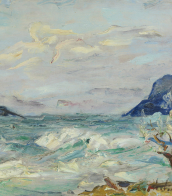
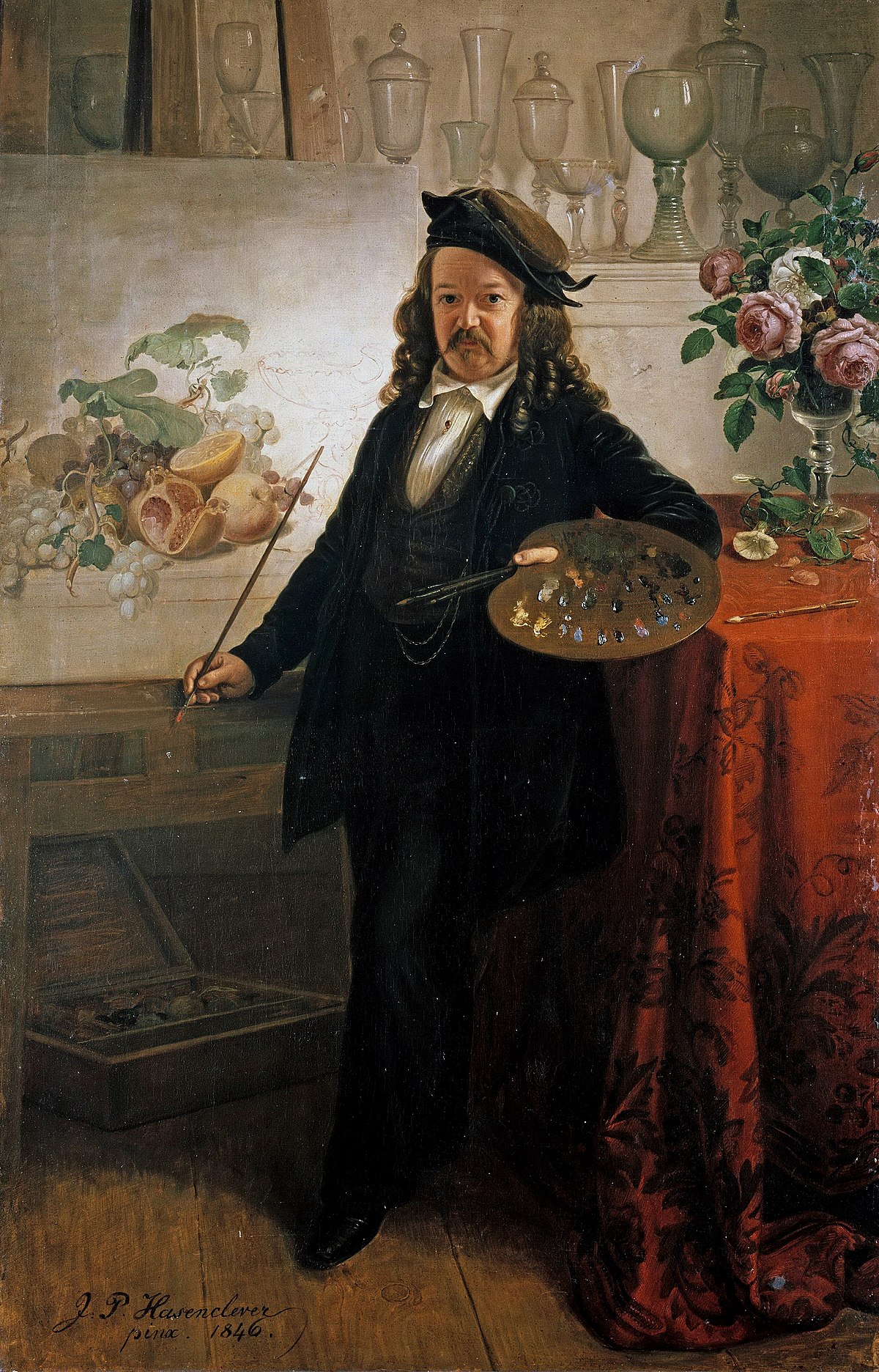
Johann Wilhelm Preyer was a German painter of the second half of the 19th century. He is known as a painter, a representative of the Düsseldorf school of painting.
Preyer specialized in still lifes with flowers and fruit, which were notable for their detailed and meticulous elaboration. He is considered the preeminent painter of this genre of his era. His work is common in the United States, but there are also important pieces in the Berlin National Gallery and other German museums.
Preyer was one of the first representatives of the Düsseldorf School and was instrumental in founding the Düsseldorf Artists' Association.


Johann Wilhelm Preyer was a German painter of the second half of the 19th century. He is known as a painter, a representative of the Düsseldorf school of painting.
Preyer specialized in still lifes with flowers and fruit, which were notable for their detailed and meticulous elaboration. He is considered the preeminent painter of this genre of his era. His work is common in the United States, but there are also important pieces in the Berlin National Gallery and other German museums.
Preyer was one of the first representatives of the Düsseldorf School and was instrumental in founding the Düsseldorf Artists' Association.











